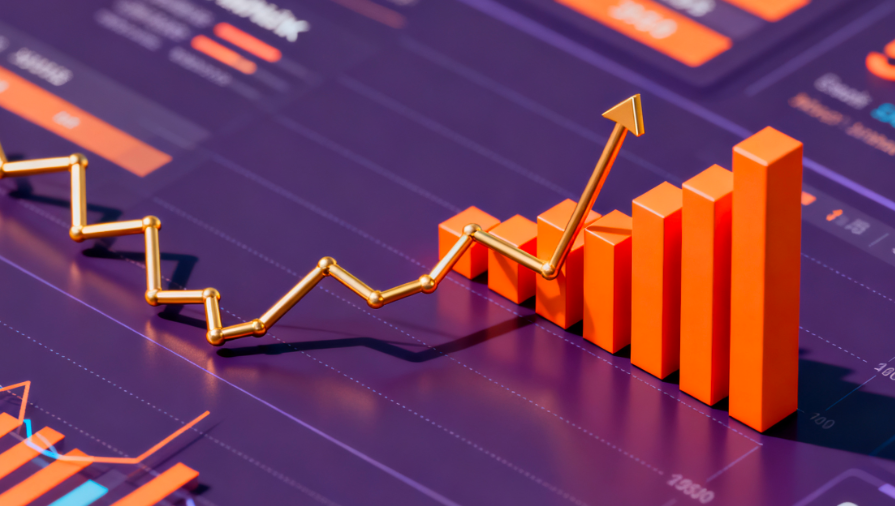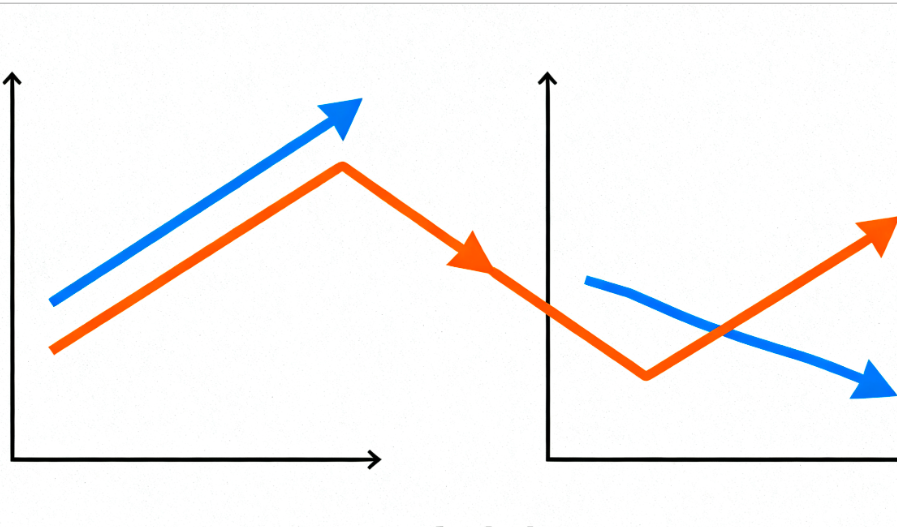
Goldman Sachs stated that driven by accelerated economic growth, declining unemployment, and slowing inflation, US households are expected to become the largest buyers of US stocks in 2026.
The firm predicts that the net purchase of stocks by US households in 2026 will reach $520 billion, a year-on-year increase of 19%. Corporate net stock purchases are expected to total $410 billion, up 7% year-on-year.
Goldman Sachs analyst David Kostin noted that a recovery in merger and acquisition activity will further boost corporate demand for stocks, but the ongoing recovery in IPO scale will partially offset this growth.
Goldman Sachs' US stock sentiment indicator recorded +0.3, turning positive for the first time since February this year, indicating that investors' current positions are at a neutral level.
However, Kostin mentioned that among the nine components of the indicator, only passive fund flows and retail margin debt are one standard deviation or more above their 52-week averages.
Kostin said, "Although overall positioning appears constrained, signs of localized bubbles in the US stock market have continued to emerge in recent weeks." He added that over the past month, thematic sectors such as quantum computing, cryptocurrencies, and drones have all gained more than 50%.
As the largest source of demand for US stocks this year, foreign investors are expected to reduce their purchases to $250 billion in 2026.
Kostin explained, "From May to June this year, foreign investors net purchased nearly $280 billion in US stocks, continuing a consistent trend—where foreign investor demand significantly increases after the US dollar weakens and US stocks underperform."
Additionally, Kostin expects mutual funds and pension funds to remain the largest sellers of US stocks in 2026.
He noted, "We predict mutual funds will sell $580 billion in stocks due to their current low cash reserves and ongoing outflows from actively managed funds. Meanwhile, pension funds' high funding ratios support our prediction that they will sell $200 billion in stocks to reallocate assets from equities to fixed-income assets."
















